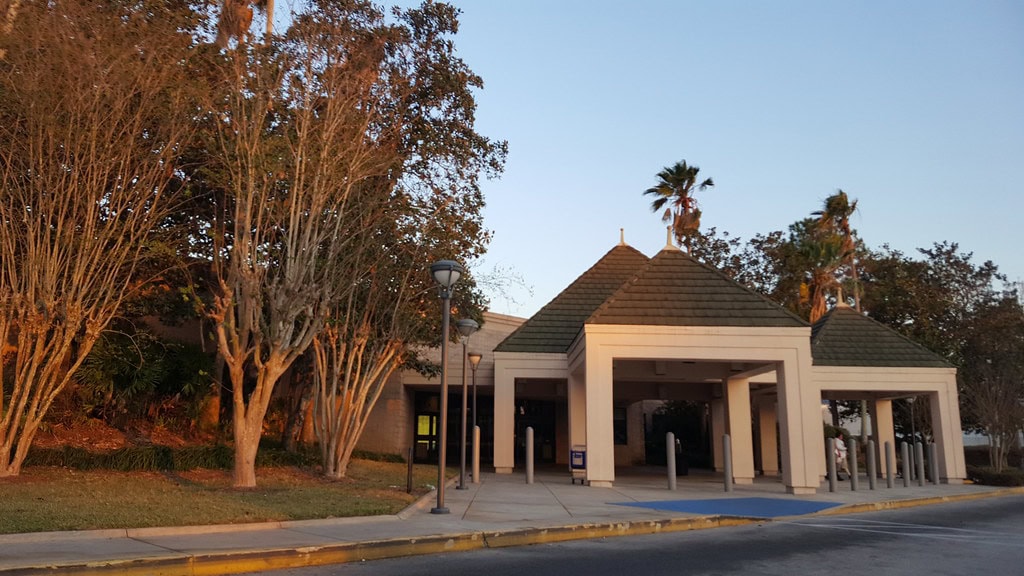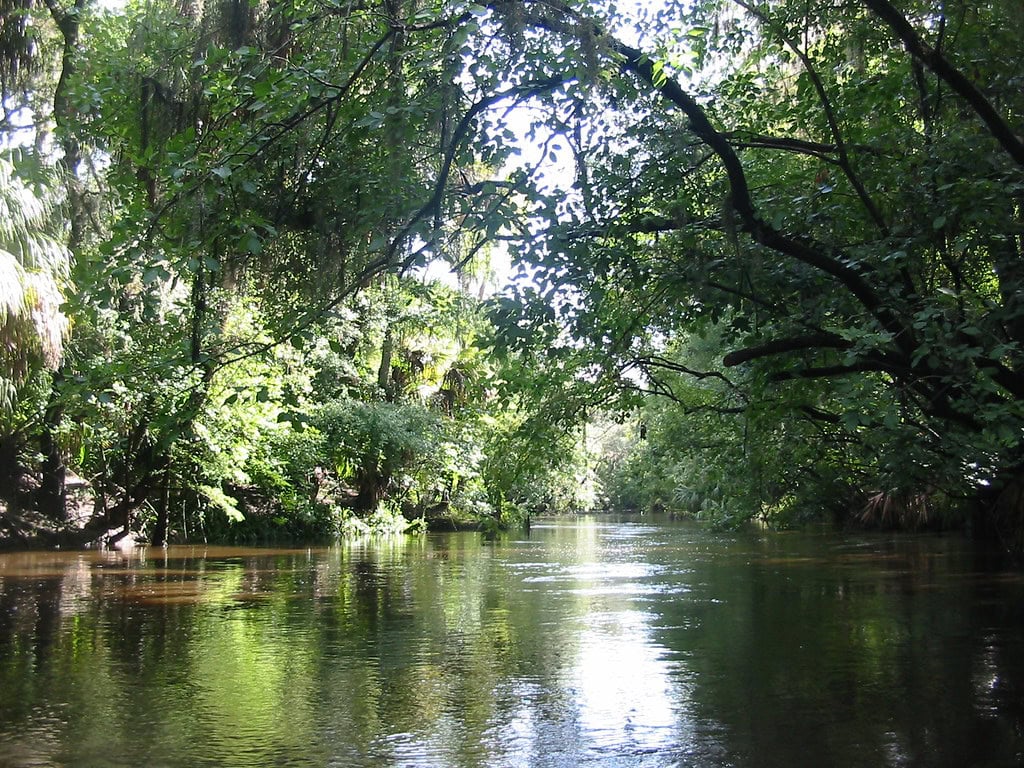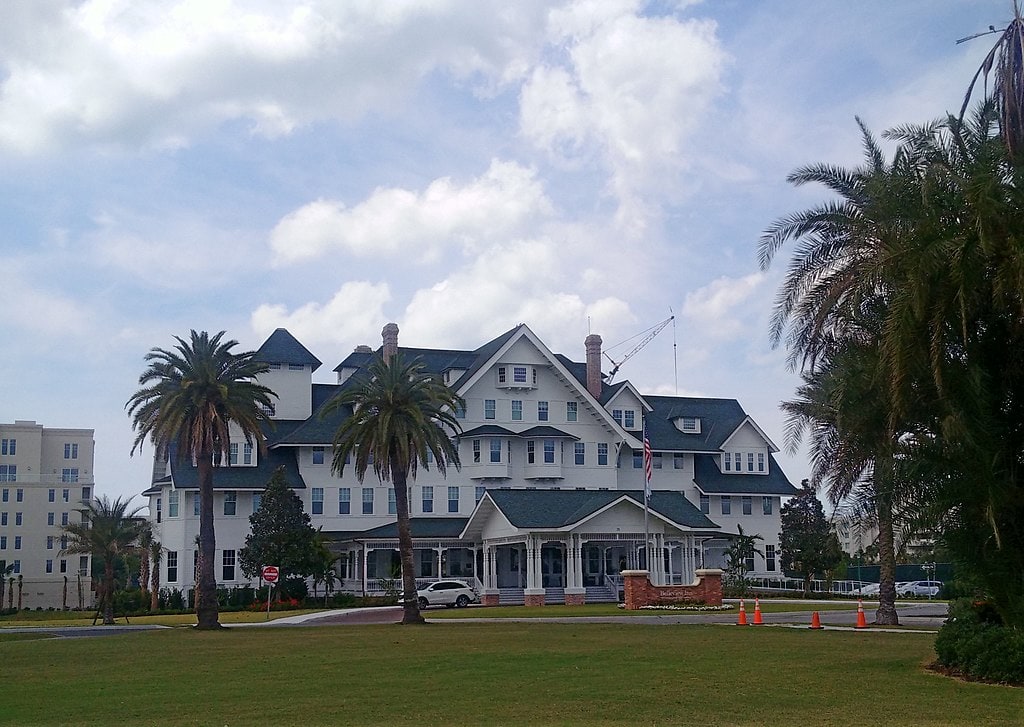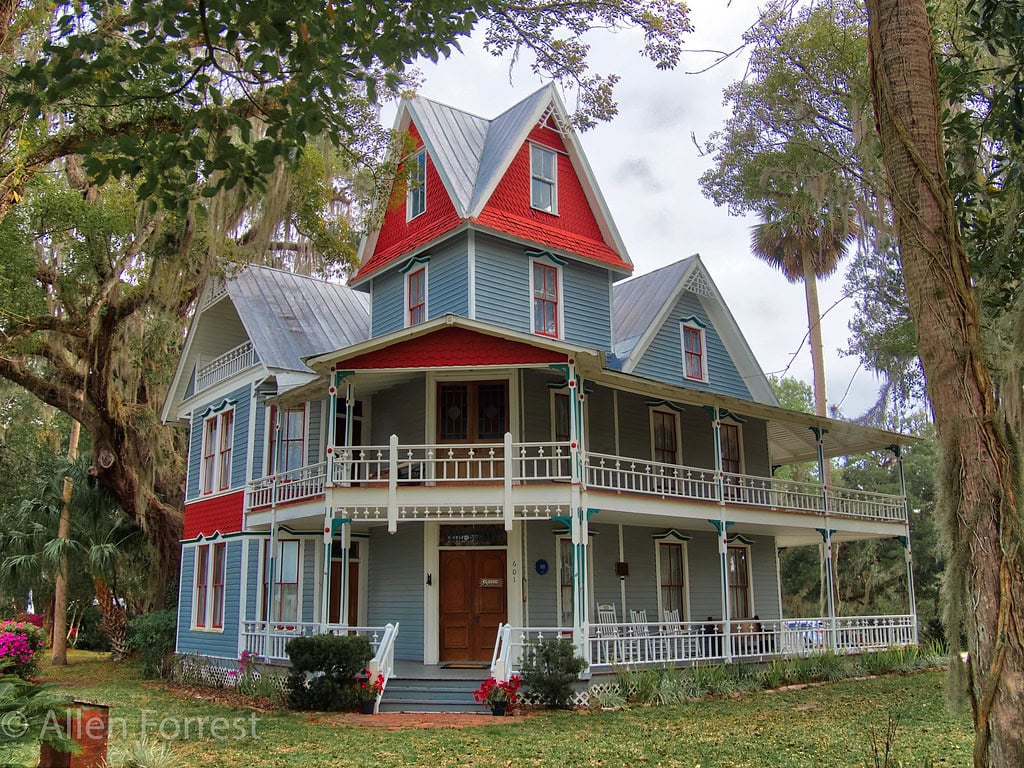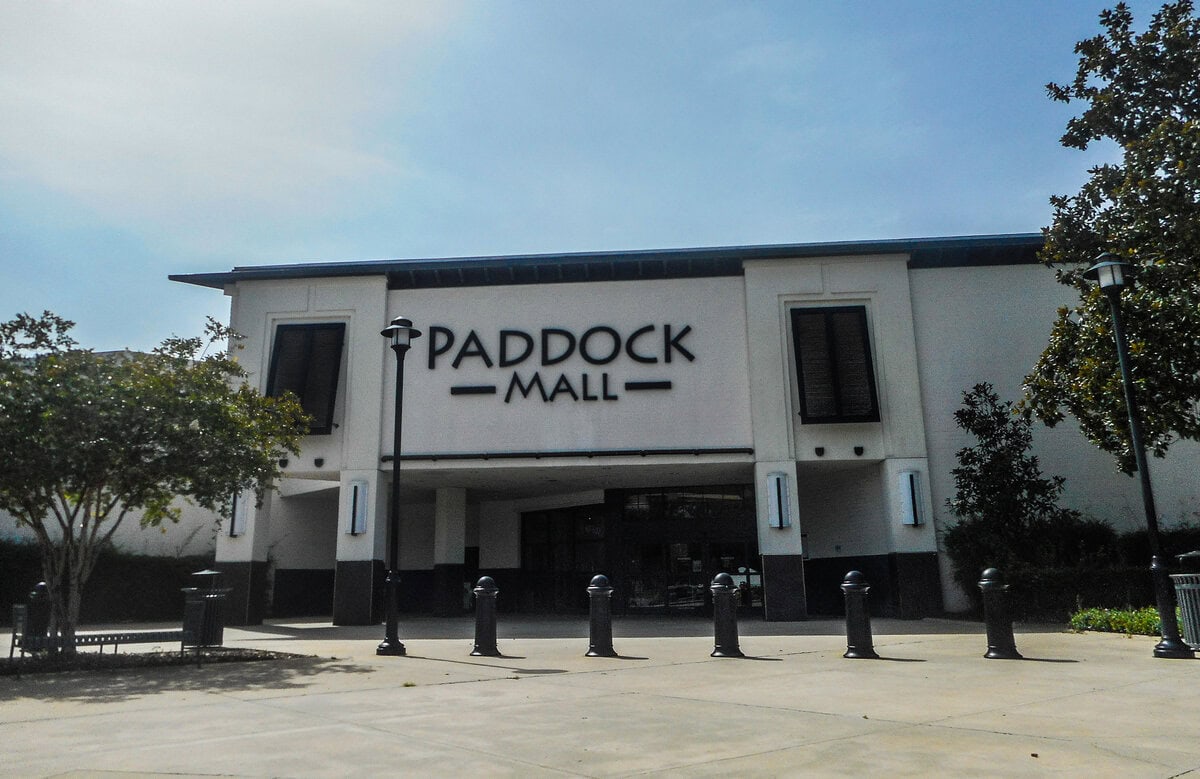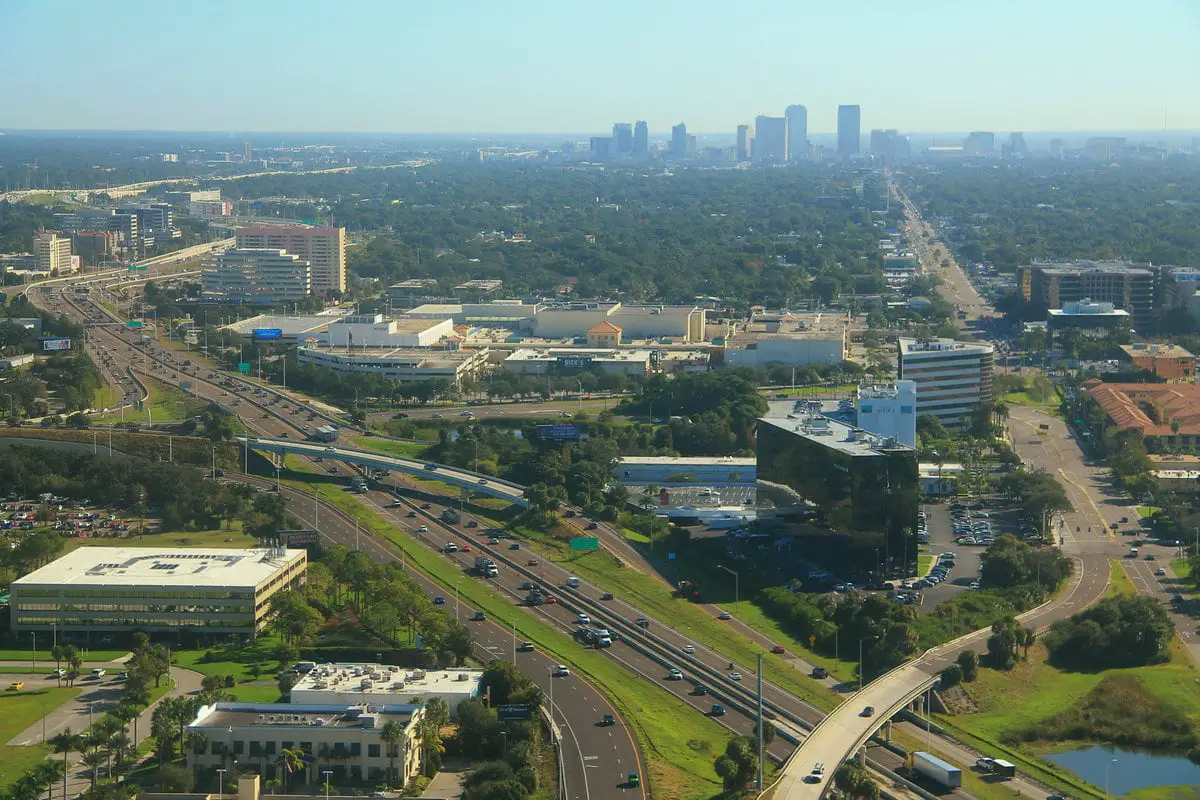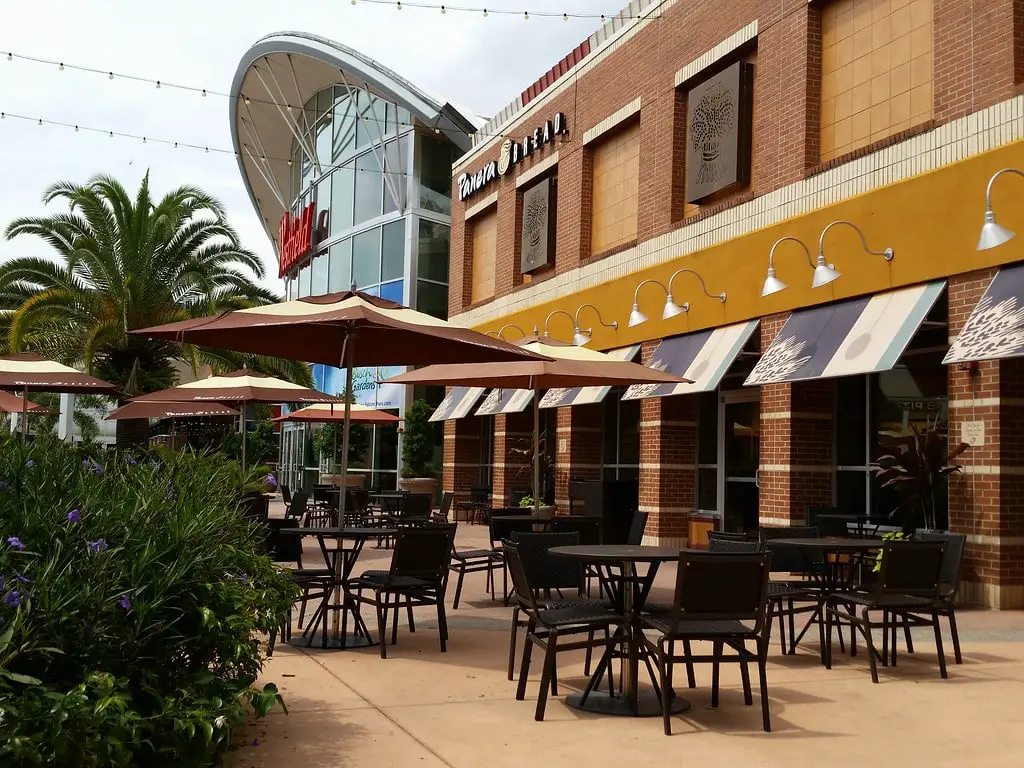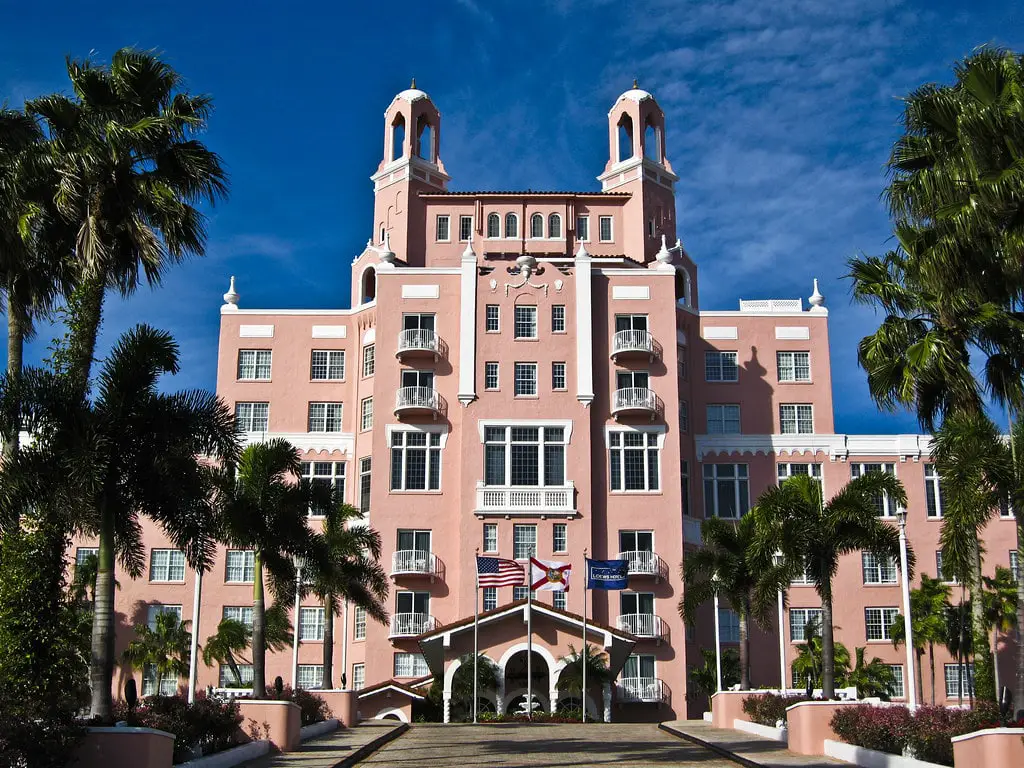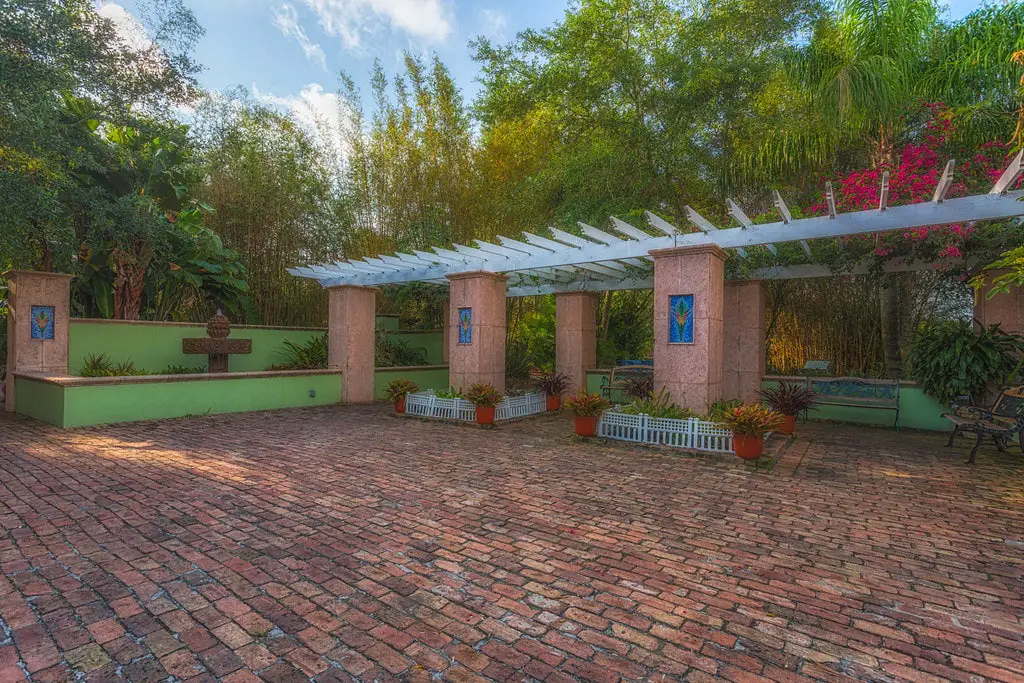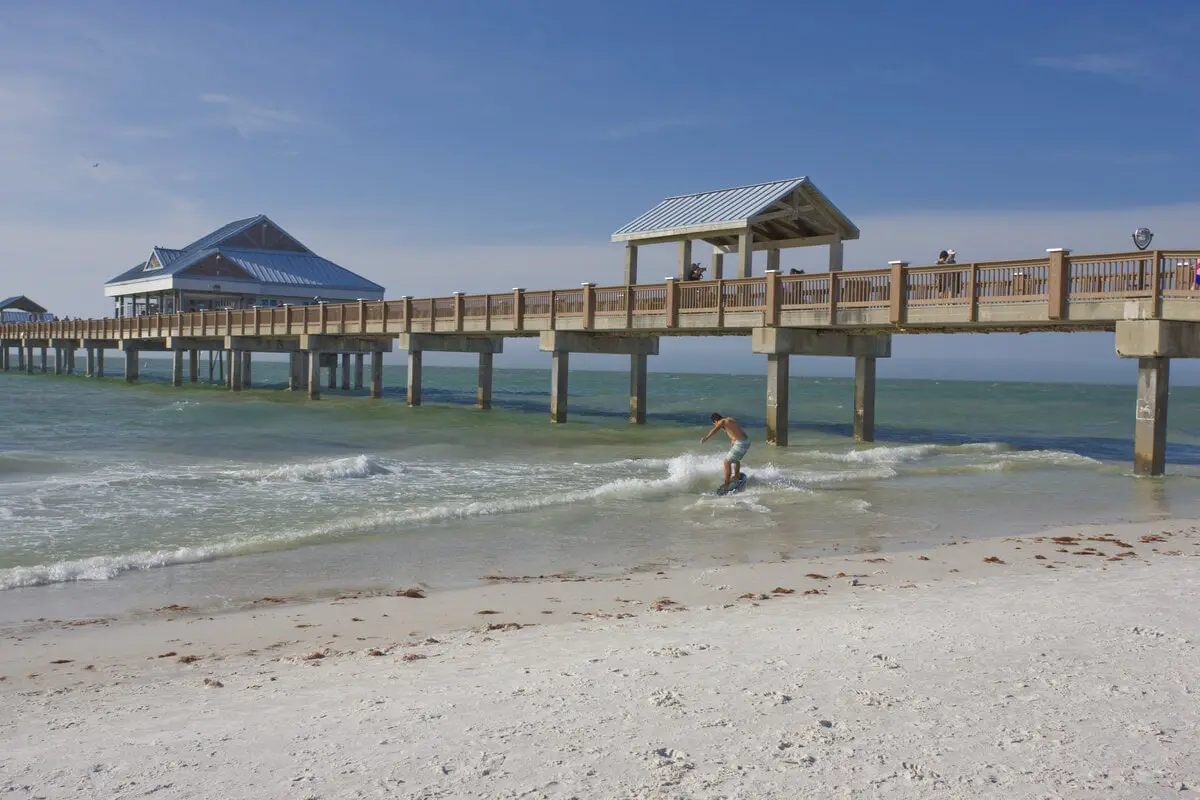Worst Neighborhoods in Tampa, FL: 10 Places You'll Want to Avoid
Tampa has a lot going for it: warm weather, booming development, and a mix of beach life and city energy. But like any metro area, some places struggle more than others.
Whether it's high crime rates, failing infrastructure, or a lack of economic opportunities, certain neighborhoods stand out for all the wrong reasons.
If you're looking for a place to live, some parts of Tampa might give you pause for thought.
The worst neighborhoods in the Tampa area tend to have a mix of common issues, violent crime, property theft, drug activity, and declining home values.
Some of these places, like Sulfur Springs and East Tampa, have a long history of crime and poverty.
Others, such as Palm River and University Area, suffer from overcrowding and urban decay.
A few, like New Port Richey and Holiday, sit outside the city but still deal with similar struggles, from drug problems to failing local economies.
If safety, convenience, and stability matter, certain parts of Tampa are best avoided.
Some areas have been rough for decades, while others have seen conditions worsen in recent years.
Whether it's gang violence, rising homelessness, or a town that feels forgotten, each of these places has its own set of problems that make living there tough.
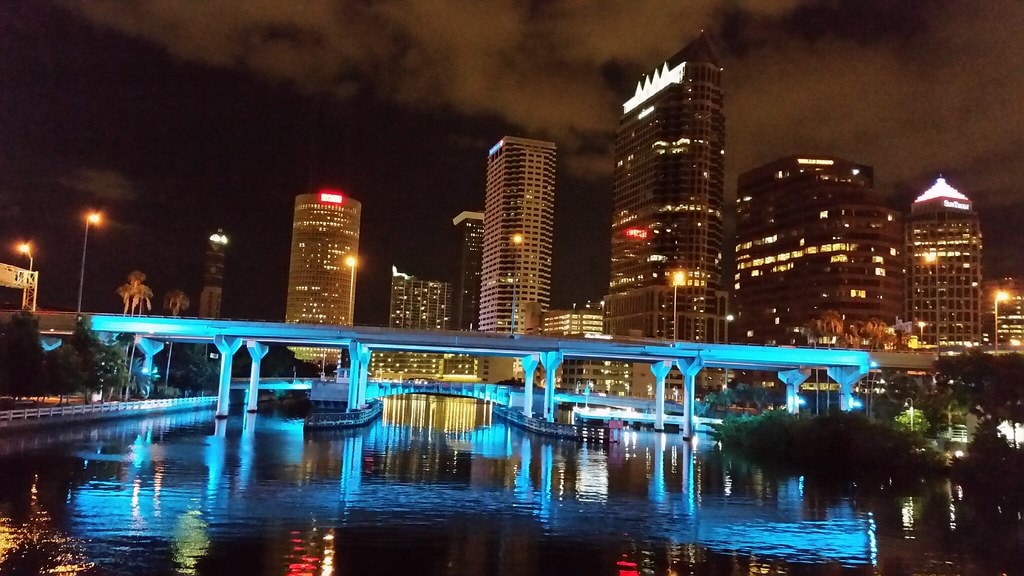
Palm River: Industrial Sprawl and Everyday Struggles
Palm River sits just east of downtown Tampa, but it feels like a different world.
Instead of high-rise apartments or trendy restaurants, this area is packed with industrial lots, truck depots, and rundown housing.
The roads are congested, lined with warehouses, and filled with constant traffic from semi-trucks heading to and from the port.
Living here means dealing with noise, dust, and endless construction. Crime is a real concern.
Property theft and break-ins happen often, and the local police reports don't paint a good picture.
It's not the kind of place where people take evening walks or feel comfortable leaving their cars unlocked.
Many homes in the area are either older single-story houses or mobile homes that have seen better days.
A good portion of the population lives below the poverty line, struggling with rising costs and limited job options.
Homelessness is another issue. Tents and makeshift camps can be spotted near highways and tucked behind abandoned buildings.
The lack of affordable housing has pushed more people into these situations, and it's common to see panhandlers at major intersections.
Public transportation is unreliable, and sidewalks are scarce, making it tough for residents without cars to get around.
The area lacks grocery stores, restaurants, and other conveniences, so people often have to drive to nearby neighborhoods for basic needs.
Despite Tampa's rapid growth, Palm River remains stuck.
Although it's close to major highways and business centers, that hasn't translated into better living conditions for most people who call it home.
University Area: Crowded, Unstable, and Crime-Ridden
The University Area sits near the University of South Florida (USF), but it's not a typical college town.
Instead of well-kept student housing and lively coffee shops, this part of Tampa is packed with aging apartment complexes, neglected properties, and one of the highest crime rates in the city.
Gang activity is a known issue. Shootings, robberies, and car thefts happen often, making some streets feel unsafe even during the day.
Many apartment buildings are poorly maintained, with broken gates, trash piling up, and little effort to improve security.
Overcrowding is another problem.
Many of these complexes house multiple families in small units, leading to noise complaints, parking shortages, and rising tensions among residents.
The area attracts low-income workers due to its cheaper rent, but that also means a constant struggle with unstable living conditions.
Businesses have a hard time staying open here. Many storefronts are boarded up, abandoned, or covered in graffiti.
Even gas stations and fast-food places have heavy security measures, with bulletproof glass and cameras on every corner.
The situation got worse a few years ago when riots broke out, leading to property damage and an exodus of small business owners.
For students at USF, this isn't the ideal place to live.
While some choose off-campus apartments, many prefer to commute from safer neighborhoods rather than risk dealing with crime, break-ins, and unreliable landlords.
The University Area could be an affordable place to live, but the daily reality makes it a tough choice for anyone looking for stability.
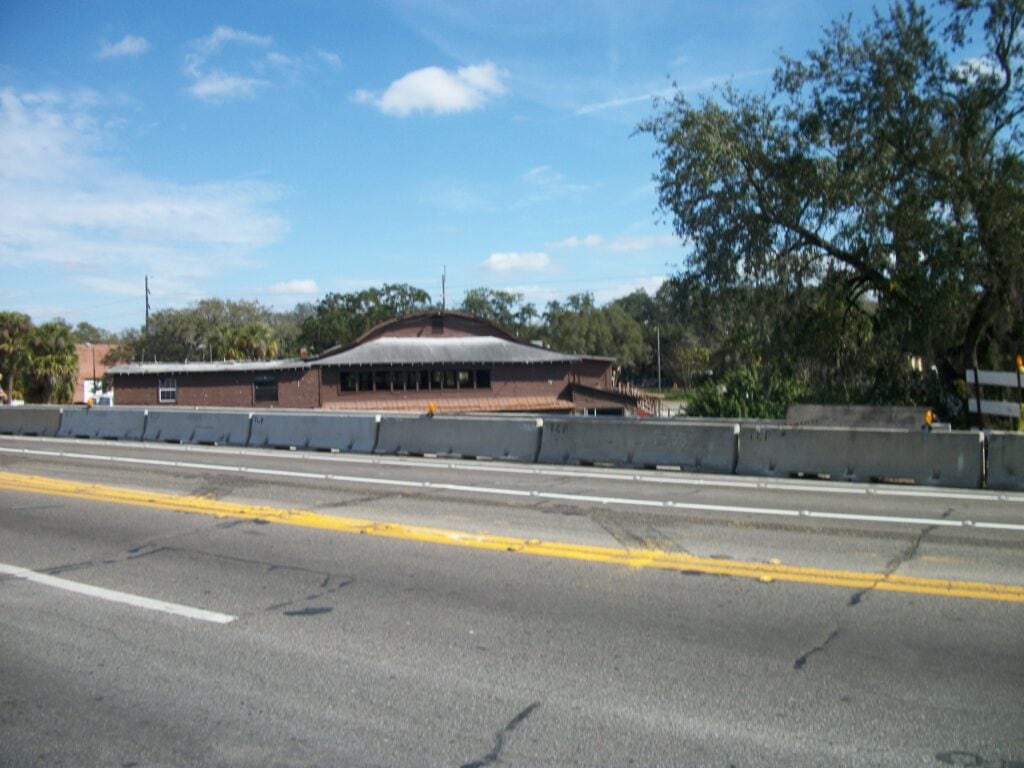
Sulfur Springs: Tampa's Most Infamous Crime Hotspot
Sulfur Springs has a rough reputation, and it's easy to see why.
Known for its open drug trade, street violence, and abandoned buildings, this is one of the most dangerous areas in Tampa.
The neighborhood sits just north of downtown, but it feels forgotten.
Its neglected streets, rundown homes, and struggling businesses make it difficult to stay open.
During the day, things might seem quiet, but at night, the streets change.
Drug deals happen openly, and some corners are known hotspots for prostitution.
Shootings and robberies are common, and many residents take extra precautions, keeping porch lights on, installing security cameras, and double-checking their door locks before bed.
The housing situation is bleak. Many homes are in poor condition, with boarded-up windows, sagging roofs, and overgrown yards.
Rent is cheap, but that doesn't mean it's a good deal.
Many landlords neglect maintenance, leaving tenants to deal with mold, broken plumbing, and pest infestations.
Local schools struggle with low funding and high dropout rates.
Parents who live here often look for ways to send their kids to schools in better areas, but that's not always an option.
Public transportation is available but unreliable, making it tough for residents without cars to get to work or shop for groceries.
Sulfur Springs has been a problem area for decades, and despite occasional efforts to clean it up, crime and poverty continue to define the neighborhood.
Holiday, Florida: A Town Struggling with Addiction and Poverty
Holiday is in Pasco County along the US 19 corridor, a stretch of road known for crime, abandoned businesses, and heavy drug use.
While it's not part of Tampa itself, it's close enough to be considered part of the metro area, and the problems here are just as bad, if not worse.
The biggest issue in Holiday is drug addiction.
Overdoses happen frequently, and emergency responders deal with cases of fentanyl and meth use almost daily.
Walking through certain parts of town, it's common to see people slumped over at bus stops, wandering aimlessly near gas stations, or asking for money outside convenience stores.
Homelessness is growing, with tents and makeshift shelters popping up in wooded areas.
Many of these individuals struggle with addiction, mental illness, or both, making it difficult for them to find stable housing or employment.
Crime is another problem. Home break-ins and car thefts happen regularly, and violent crime is a concern, especially after dark.
Local businesses have been shutting down due to security risks, leaving even fewer job opportunities for residents.
The housing market reflects the town's struggles. Property values are low, and many homes are old, poorly maintained, or abandoned altogether.
Some parts of Holiday look more like ghost towns than active communities.
For anyone unfamiliar with the area, a quick drive down US 19 is enough to understand why Holiday made this list.
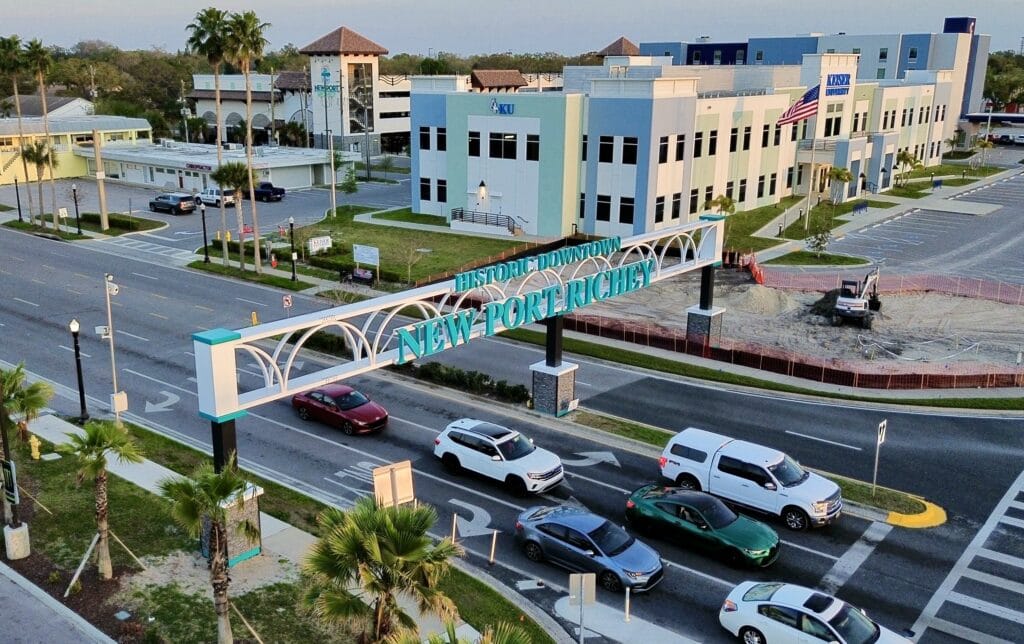
New Port Richey: Declining Fast with No Signs of Recovery
New Port Richey, another Pasco County town along US 19, faces many of the same problems as Holiday.
Once a quiet retirement community, it has become a place plagued by drug addiction, poverty, and rising crime.
Meth and fentanyl have devastated the town. Overdoses are common, and a growing number of young people are getting caught up in addiction.
Many long-time residents say the town has changed completely in the past two decades, and not in a good way.
Crime is a constant concern. Residents deal with property theft, vehicle break-ins, and occasional violent incidents.
Some homes have security cameras and fences, but that doesn't always stop people from trespassing or stealing whatever they can.
The local economy isn't helping. Many businesses have closed, leaving behind empty strip malls and abandoned storefronts.
Without job opportunities, people either commute long distances or rely on government assistance to get by.
Housing is cheap, but that comes with a cost. Many properties are in bad shape, with outdated plumbing, leaky roofs, and poor insulation.
The rental market is filled with neglected properties owned by landlords who don't invest in repairs.
New Port Richey still has some decent areas, but the town's growing problems overshadow them.
The once-quiet streets now feel unstable, and many residents wonder if things will ever turn around.
Mango, Florida: A Town Stuck in Hardship
Mango sits in Hillsborough County, east of Tampa, and has struggled with poverty for years.
It's mostly a collection of mobile homes, small houses, and older apartment buildings, many of which are in bad shape.
The area feels isolated despite being close to major roads, and public services are lacking.
At night, the town changes. Gas stations and convenience stores become gathering spots for people who seem to have nowhere else to go.
It's not unusual to see people stumbling around, some asking for money, others looking like they're barely staying awake.
Drugs, especially fentanyl, have hit this area hard. Overdoses happen often, and emergency responders are stretched thin.
Crime is an everyday concern. Car break-ins, home burglaries, and drug-related arrests keep law enforcement busy.
Even during the day, some streets feel unsafe, with rundown properties and people loitering near abandoned lots.
Many residents have resorted to extra security measures, such as bars on windows, cameras on porches, and floodlights in their driveways.
For those with kids, schools in this area don't have the best reputation.
Low test scores and high dropout rates make it difficult for students to succeed.
Some families move if they can afford to, but others have no choice but to stay.
The local economy offers little. Jobs are limited, and most people commute elsewhere for work.
Those who live in Mango often rely on low-wage positions or government assistance to survive.
With rising rent and food prices, many struggle to afford even the basics.
Despite Tampa's booming growth, Mango remains in the same condition it's been in for years.
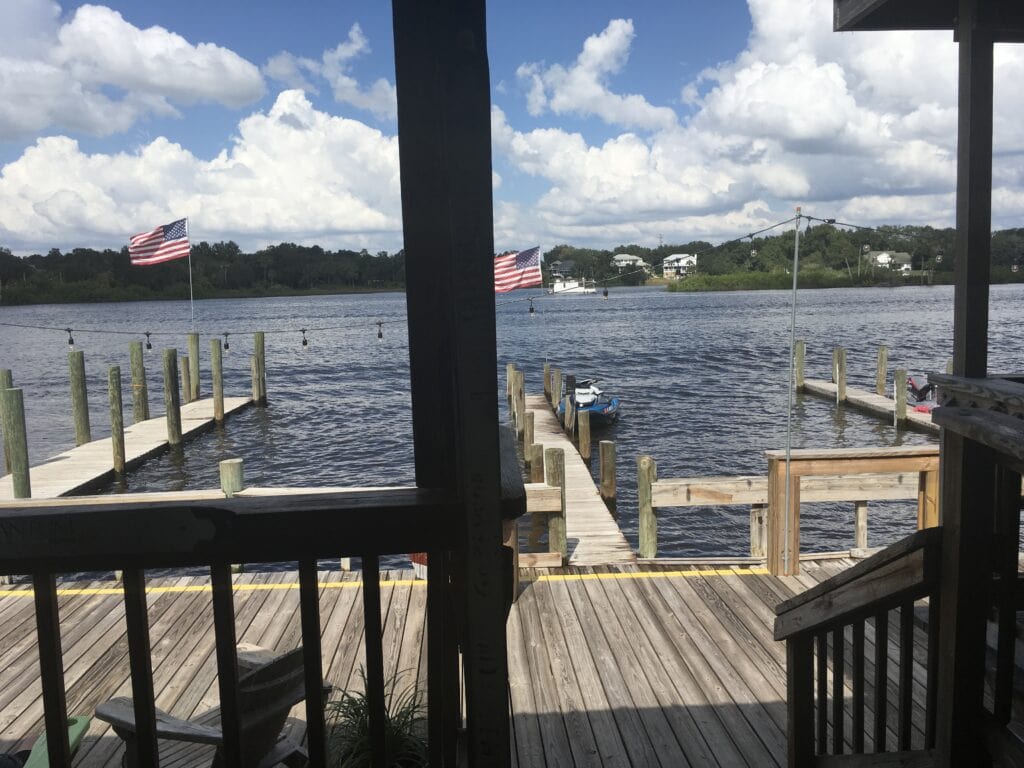
Gibsonton: A Strange Past, A Tough Present
Gibsonton, or "Gibtown," used to be a retirement community for circus performers.
Old-timers still tell stories about the town's past, but today, it's known for something else, poverty, crime, and a lack of opportunity.
The area sits south of Tampa, near the water, but it doesn't feel like a waterfront town.
There are no high-end developments or trendy restaurants. Instead, you'll find trailer parks, aging homes, and businesses that don't last long.
Some storefronts are completely abandoned, while others have "For Lease" signs that never come down.
Traffic is a daily headache. The roads aren't built to handle the amount of cars passing through, and backups are common.
It's even worse when accidents happen, which seems to be a regular issue.
Crime is another problem. While it's not as violent as in some areas, theft and drug activity are common.
People who have lived in Gibsonton for years say they've seen more break-ins, more people dealing on the streets, and more homes falling into disrepair.
Many of the residents are older and struggling to make ends meet on limited incomes.
Some moved here decades ago expecting a quiet retirement but now find themselves living in a place with more problems than solutions.
Younger residents often leave if they can, looking for jobs and stability elsewhere.
Even with its unique history, Gibsonton hasn't become a town worth visiting or living in.
East Tampa: The Most Dangerous Part of the City
East Tampa has a reputation for being one of the roughest areas in the city.
It's where violent crime, gang activity, and struggling businesses come together to create an environment that many people try to avoid.
This part of the city has seen some of Tampa's worst crime statistics.
Homicides, shootings, and armed robberies happen frequently. Police presence is strong, but crime continues at a steady pace.
Residents who have lived here for years say they've gotten used to hearing sirens at all hours.
The housing market reflects the area's struggles. While Tampa's property values have gone up, East Tampa hasn't seen the same growth.
Many homes are in poor condition, and some streets have abandoned buildings that have been sitting empty for years.
Gentrification has affected other neighborhoods, but this one has been mostly overlooked.
Traffic is another issue. Since East Tampa is close to downtown, rush hour here is a mess.
Roads get packed, and accidents are common. Public transportation is available, but many people say it's unreliable.
Even businesses have a hard time surviving.
Stores get hit with shoplifting, fast food places deal with crime, and small businesses struggle to stay afloat.
Some owners have left the area completely, saying it's just too risky.
East Tampa has been on the city's radar for years, but so far, it hasn't seen much improvement.
Moon Lake: A Rural Nightmare
Moon Lake sits in Pasco County, but it's nothing like the peaceful, quiet rural areas people imagine.
Instead, it's an isolated community with dirt roads, makeshift homes, and a crime rate that surprises outsiders.
Many of the houses here aren't traditional homes. There are many mobile homes, self-built shacks, and half-abandoned properties.
Some people live completely off the grid, either by choice or because they have no other options.
Crime is a huge issue. Drugs have taken over parts of Moon Lake, with users and dealers setting up in hidden spots.
Property theft is common, and break-ins happen regularly. Some residents have erected tall fences or posted warning signs to deter strangers.
Basic infrastructure is lacking. Roads flood easily when it rains, and some streets lack proper pavement.
Utilities are often unreliable, and residents frequently experience prolonged power outages or poor water quality.
Although Moon Lake is situated in a more rural setting, it's far from peaceful.
Long-time residents say crime has gotten worse, and law enforcement doesn't always respond quickly to calls.
If someone is looking for a quiet country life, this isn't the place to find it.
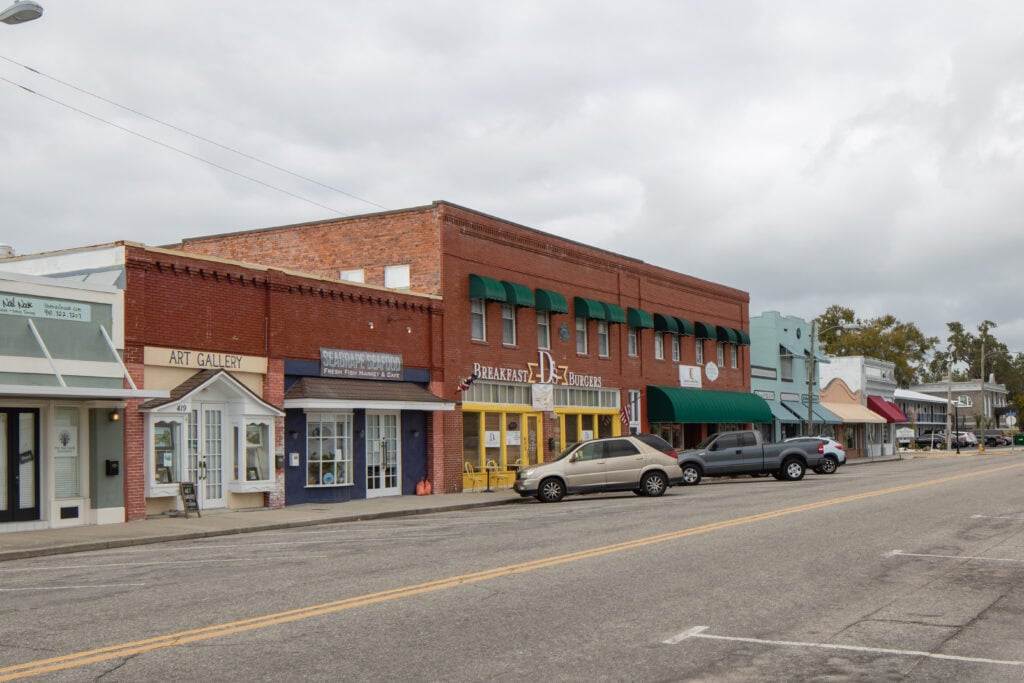
Palmetto: The Worst Place in the Tampa Metro Area
Palmetto, located in Manatee County, is one of the roughest places in the Tampa area.
While it's not a big city, it deals with big-city problems, crime, homelessness, and a struggling economy.
Many of Tampa's worst issues have spilled into Palmetto. Homeless camps are common, and crime is part of daily life.
Gang activity has been reported, and some parts of the town are known for being dangerous, especially after dark.
The crime rate is high for a town of this size.
Homicides, assaults, and drug-related arrests happen frequently.
Even minor crimes like car break-ins and shoplifting are constant headaches for residents and businesses.
Public services aren't great, and transportation is an issue.
There are only a couple of main roads leading in and out of Palmetto, and traffic can be a nightmare.
Many people have to commute to Bradenton or Tampa for work, and during rush hour, the roads become almost impassable.
Housing is cheap, but that doesn't mean it's a good deal.
Many rentals are in bad condition, and the town's poverty rate is higher than the state average.
Some neighborhoods feel completely neglected, with little maintenance or investment from the city.
Palmetto might be small, but the problems here are anything but.

